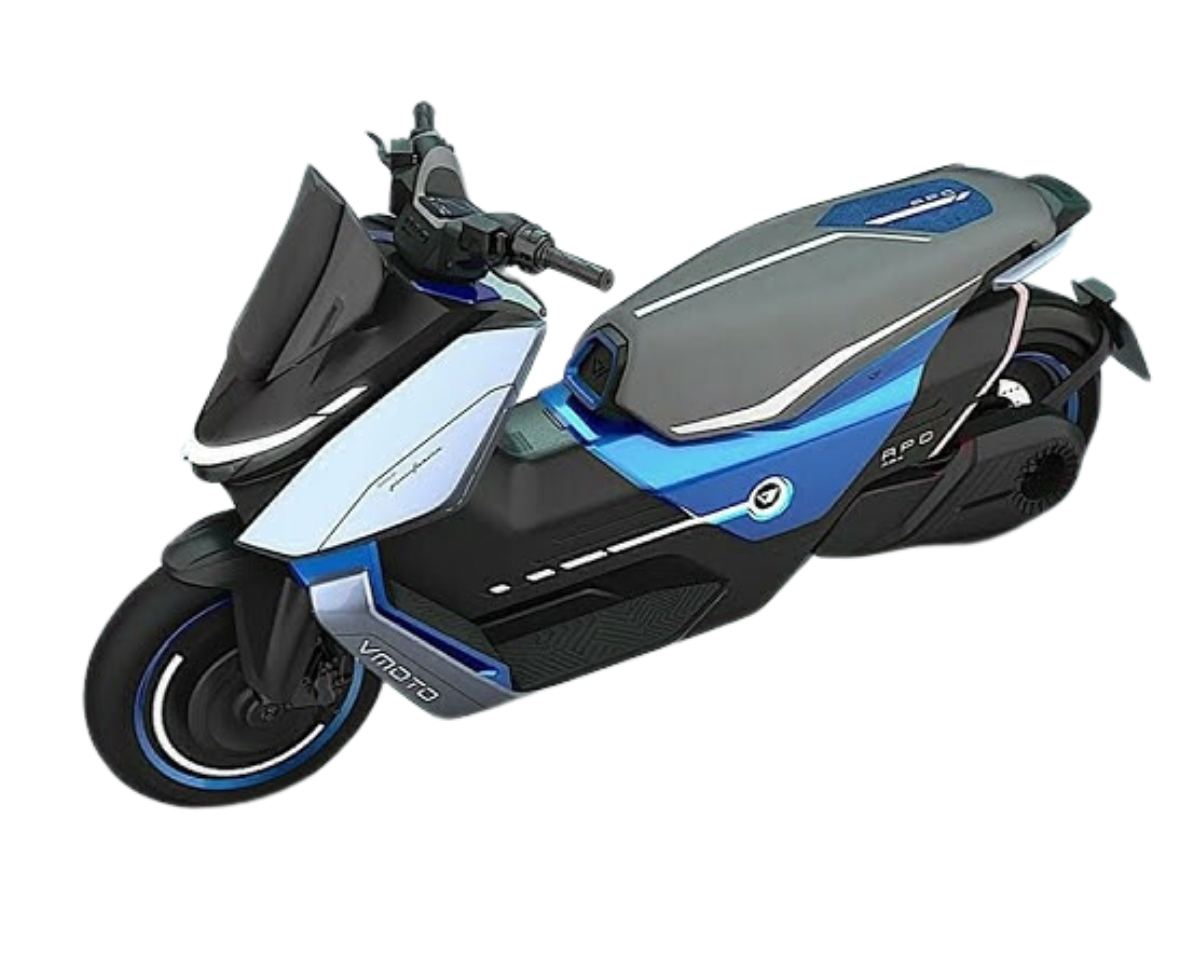This post is for paying subscribers only
Upgrade your account to read the post and get access to the full library of posts and ALLSPARK, our knowledge bank covering 200 startups.
Sign up now Already have an account? Sign inVmoto has been an impressive and intriguing company. On the one hand, they have the broadest and most impressive range of products; on the other hand, they have disappointing sales volumes. The situation has been dismal over the last two years. Is it a long-term vulnerability?

Upgrade your account to read the post and get access to the full library of posts and ALLSPARK, our knowledge bank covering 200 startups.
Sign up now Already have an account? Sign in